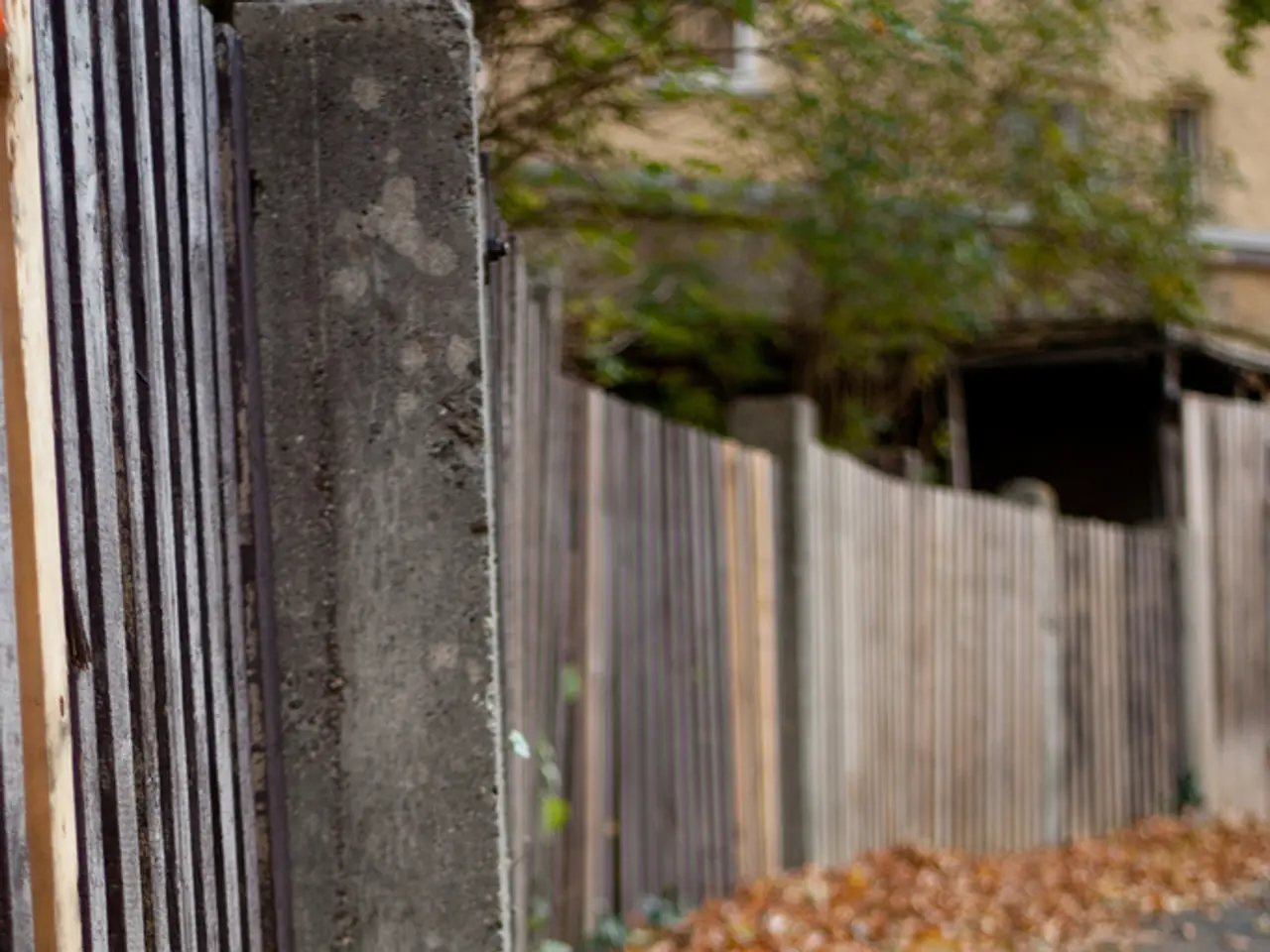Bonsai Leaf Pruning Techniques: Crucial Methods and Visual Impact
In the world of bonsai, leaf trimming is not just a maintenance task, but a strategic art form that shapes the tree's appearance and promotes healthy growth. By employing advanced techniques, bonsai enthusiasts can create a refined silhouette with dense foliage and natural proportions, maximising aesthetic appeal while supporting vitality.
Over 90% of bonsai enthusiasts acknowledge leaf trimming as a vital aspect of tree maintenance and design. Trimming leaves every 4-6 weeks is a general rule to maintain shape, promote healthy growth, and achieve aesthetic harmony. However, the process requires careful consideration and precision to avoid causing harm to the tree.
Advanced techniques for bonsai leaf trimming include precision pruning, pinching, defoliation, and careful timing. These methods help control leaf size, encourage finer branching, and maintain balanced energy flow within the tree.
Selective Pinching is a technique that involves removing the tips of new growth to encourage denser foliage and finer branching. This promotes side bud development, resulting in a fuller and more mature canopy.
Defoliation (Leaf Cutting) is another important method that involves cutting or removing leaves to help reduce leaf size and increase back-budding (fine branching near the trunk), enhancing the tree's proportion and detail. Partial defoliation is generally safer and less stressful.
Structural Pruning is essential for maintaining a natural aged look and improving air/light penetration. This involves removing branches that grow in unnatural directions towards the viewer or straight up/down. Always cut just above outward-facing buds to guide new growth properly.
Timing plays a crucial role in bonsai leaf trimming. Prune deciduous bonsai in late winter while dormant, and flowering bonsai immediately after blooms to preserve next season’s buds. For evergreens, prune during the active growing season following species-specific guidelines.
Use of Proper Tools is also vital. Employ specialized bonsai tools like concave cutters for clean cuts that heal well, and always sanitize tools to prevent disease.
Energy Flow Management is another key aspect of advanced bonsai leaf trimming. Prune and pinch strong branches to redirect growth toward weaker areas, creating balanced, natural-looking ramification.
Gradual Foliage Reduction is necessary to avoid shocking the tree and maintain healthy growth. Never remove more than one-third (or 25%) of the foliage at a time.
Clip-and-Grow is a technique used after wiring primary branches for shaping, where secondary branches and foliage are refined without aggressive cutting.
Strategically placing empty space can create a sense of simplicity and elegance, while balancing foliage and design is crucial for creating a harmonious whole that showcases the tree's innate beauty. Different bonsai species have unique leaf densities, requiring tailored trimming approaches to maintain their natural character.
Trimming leaves at the wrong time, such as during intense heat or drought, can further weaken the tree. Over-trimming can stress the tree and lead to disease or pest issues. Layered trimming involves trimming leaves in layers, starting from the outermost branches and working inwards, to create a sense of depth and dimensionality.
In summary, advanced bonsai leaf trimming involves careful, strategic pinching, defoliation, and pruning guided by timing and energy flow, using clean tools and conservative foliage removal to refine appearance and encourage healthy growth. By synchronizing the trimming schedule with the seasons, a resilient, thriving bonsai can be created.
Read also:
- Emerging populace advocates for a public assembly, referred to as the People's Parliament.
- Explored the latest Focal Diva Mezza Utopia, a $69,000 premium 'lifestyle' speaker; learned about the impact of high-resolution wireless audio technology on sound quality.
- Advantages of Engaging in Outdoor Recreation
- Luxurious Father's Day Gift Ideas for the Elegant Fathers




